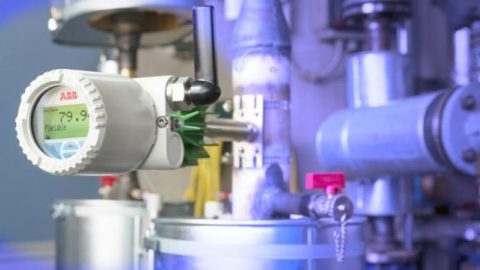
Servitization is no longer a new phenomenon for many people. Manufacturers of industrial equipment have long provided extended warranties, forecasts and product-related services as an integral part of sales contracts. Today, the rapid change of the North American goods manufacturing industry is creating a wave of services for industrial products. One of the reasons for this phenomenon is the “sensor”?
A lot of service companies rely on sensors used in their products. By using the data and information collected by these sensors, service providers can continually monitor the status of their products. They can then provide the necessary upgrades, repairs or warranties for their products to ensure quality and thereby benefit customers.
Take ventilation and industrial cooling (HVAC) as an example. If the internal sensor detects that the ventilation system is not working and the temperature is not correct according to production requirements, the HVAC supplier will alert the unit to use immediately. This allows you to handle errors quickly and of course, the cost of repairs, warnings and monitoring is paid entirely by the user.
But what if that was for the sensors?
Service can be applied in all industries. The production unit has started to investigate the potential of robots in service and has used some of the accompanying service software – Supervision Control and Data Collection (SCADA) and Execution System in production. (MES) is an example. In fact, when the idea of using sensors for serviceization was proposed, they had to write it down briefly to S_2 aaS to avoid confusion.
By using the registered name, S_2 aaS allows manufacturers to pay a monthly fee for deploying sensor installations in their facilities. That cost includes repairs, technical support, maintenance and system upgrades. It sounds promising, but the service industry for this sensor also presents many challenges as well as risks.
Merging the system with available sensors
The most obvious problem encountered is the integration of new sensor systems with existing sensors in the unit’s technology. Most manufacturers will use the equipment in their premises in rows, all sorted by manufacturer, model and year of manufacture. Some older devices will not have sensors installed. However, the new device models have built-in sensors that are difficult to replace.
To make this clearer: It is important to ensure that the S_2 aaS provider can collect data from the sensors available on your device to complete the report, or that the sensors are sufficient. Modern to replace the sensors available in the machine. For example, some standard sensors are usually limited to devices with or without the system, whereas modern sensors can provide up to 32 bytes of reusable data, which is Much more valuable than the old models.
Productivity and Quality Office